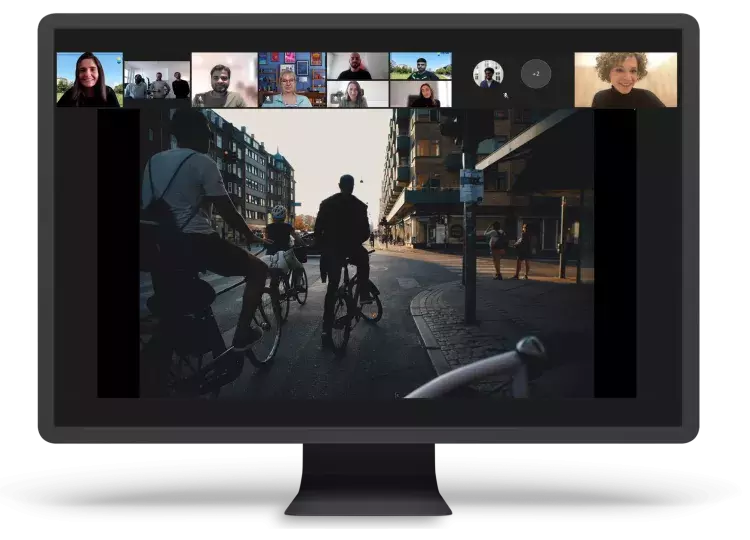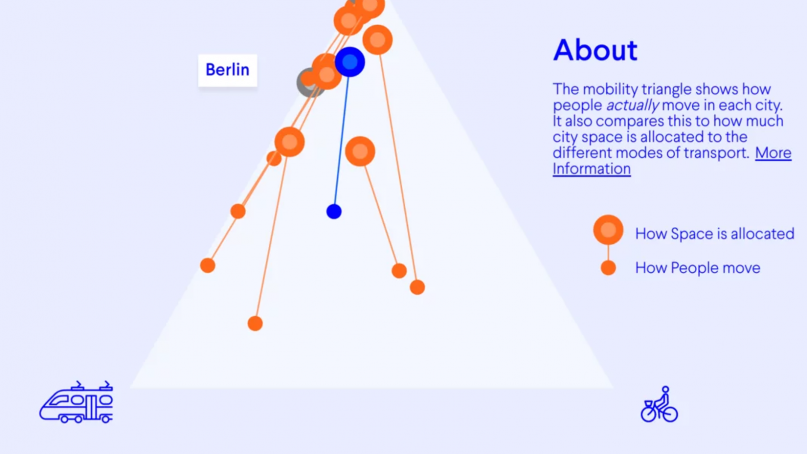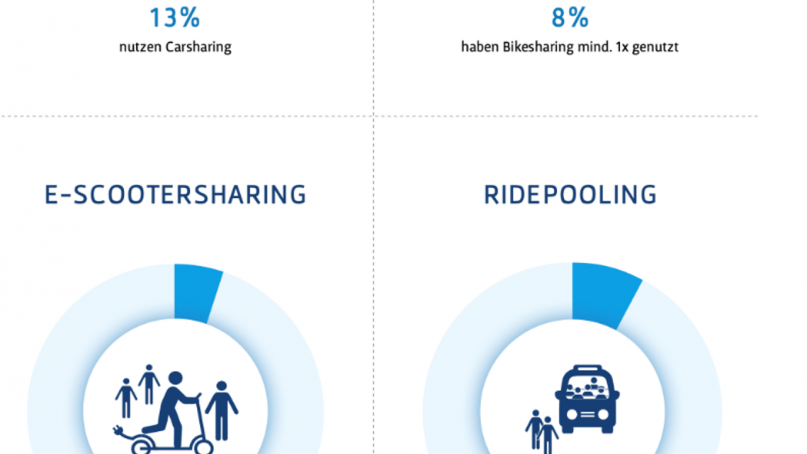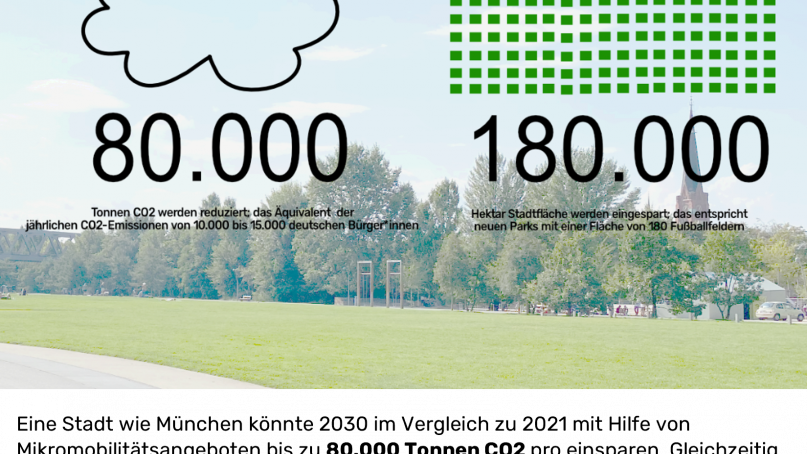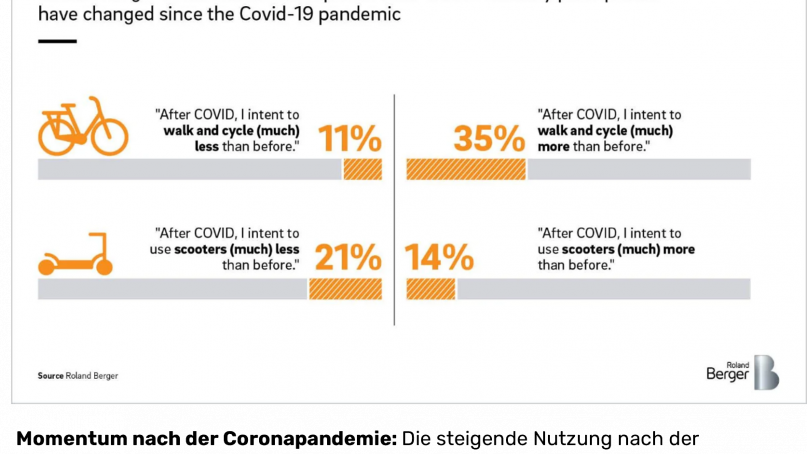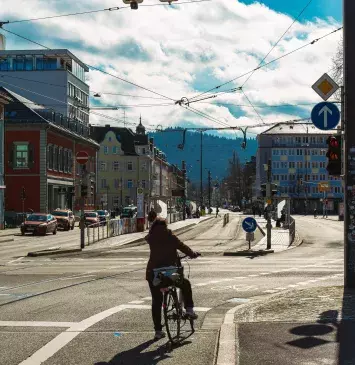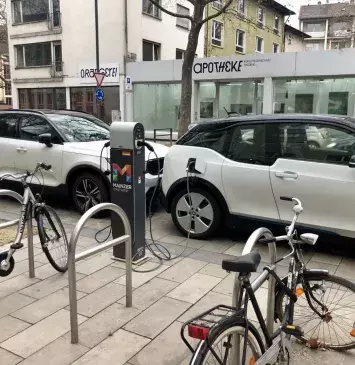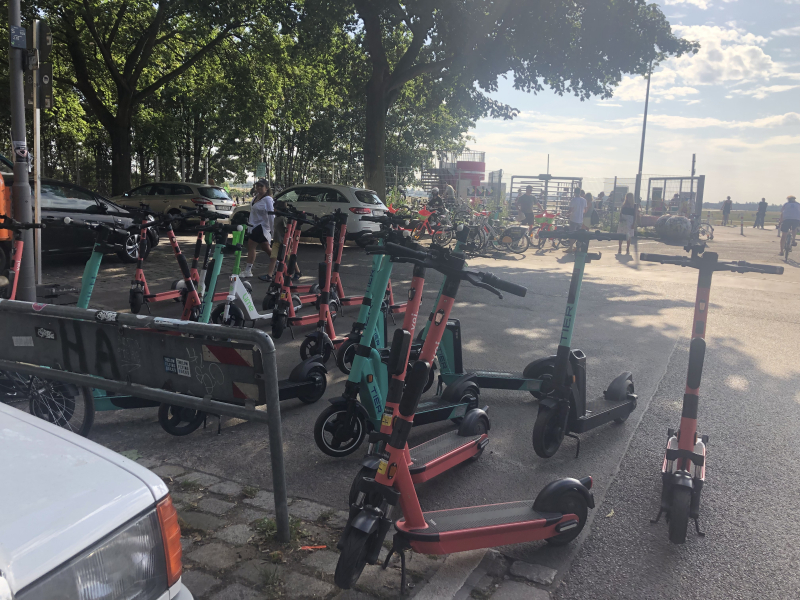
Regulating Shared Micromobility Programs
Regulating Shared Micromobility Programs
Shared micromobility is the use of non-motorized or electrically powered micro-vehicles that are made available for short-term use in the city for a fee. Particularly in the much-cited last mile - for example, from the subway to home - shared micromobility offers great opportunities for inexpensive and CO2-neutral transportation options. Most recently, shared micromobility has proliferated in the form of rental scooters and rental bikes. It's convenient, easy to use via app, and works independently of transportation companies. A driver's license is also unnecessary.

However, this creates new challenges for cities: other road users have to share their already limited space with the new vehicles. In addition, e-scooters or rental bikes often get in the way. Users often carelessly park them because the parking is unregulated and no parking space is defined for these vehicles.
APPROACHES
- The fundamental allocation of space within cities toward more shared mobility also requires more space for these forms of mobility, which must not be at the expense of bicycle and pedestrian traffic, which are already at a disadvantage.
- Targeted Regulations: In order to better control the vehicles of private companies, the municipality needs a clear idea of the benefits it can - and wants to - derive from this form of shared mobility.
- Focused Rules: The private companies should be required to make their data available to the municipality through, for example, a standardized interface.
- Based on this, a clear framework can be developed within which the providers and users of the vehicles operate.
- Clear responsibilities in the case of incorrectly parked, damaged or incorrectly used vehicles lead to greater acceptance among all road users.
Opportunities
- Shared micromobility is one of the central building blocks for CO2-neutral, space-saving and affordable mobility in the city.
- Especially for solving the "first-and-last-mile" problem, e.g. the way from public transport to the front door, they offer new possibilities.
- Shared micromobility concepts are inherently digital. The resulting data can help the municipality understand citizens' mobility behavior and use this knowledge to manage mobility modes accordingly and improve services.
- The future looks promising for the use of micromobility vehicles that are integrated into public transportation via digital platforms run by municipal companies.
- Even flexible changes in traffic regulations, such as the creation of dynamic parking areas that depend on utilization, are possible.
Solution(s)
Geofencing for micromobility
(Micro-) Mobility Apps
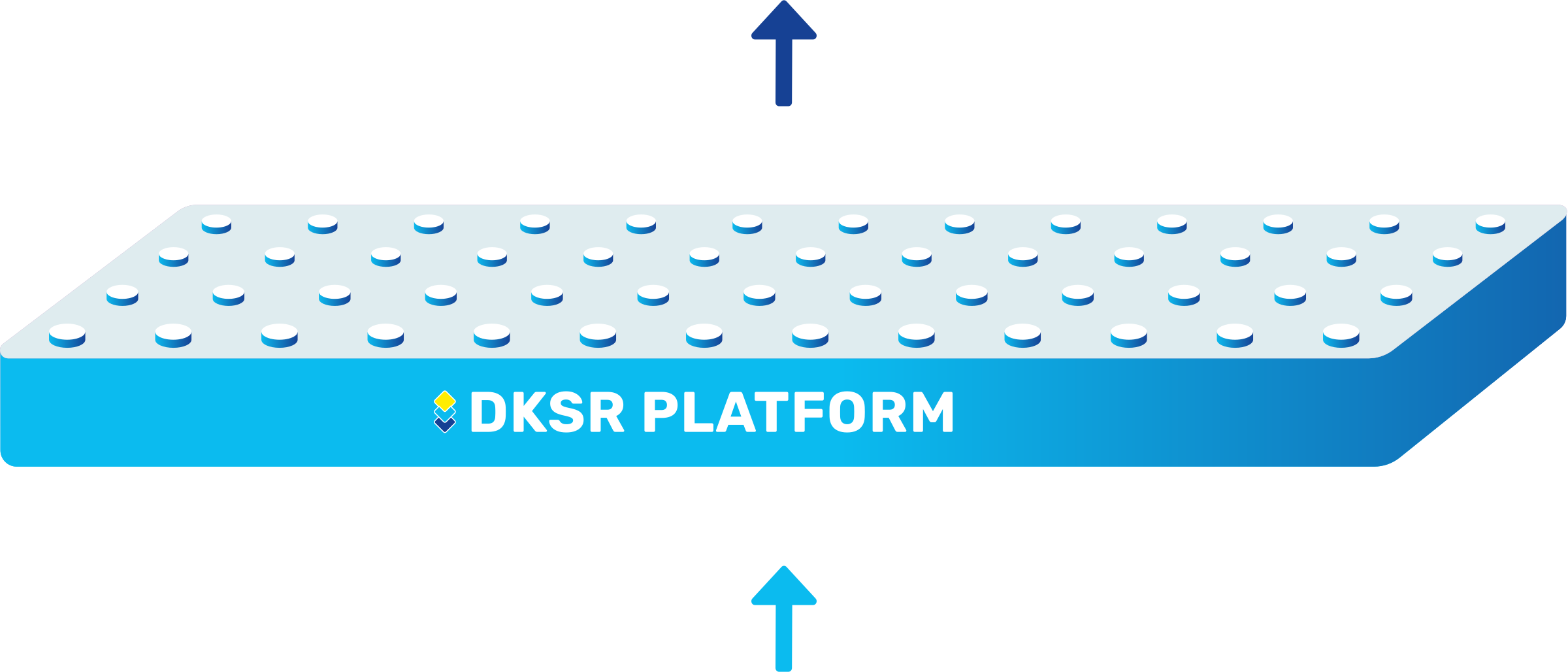
nextbike
Open Weather Map API
Data
Which SDGS are addressed?
In order to create globally sustainable structures, the member states of the United Nations have set themselves 17 goals by 2030, which are set out in the 2030 Agenda for Sustainable Development.
In the Open Urban Data Community, municipal actors can network with each other, engage in conversation, and work together on implementations. Benefit from the cost-free formats for the community!
You would like to be a part of the community?
